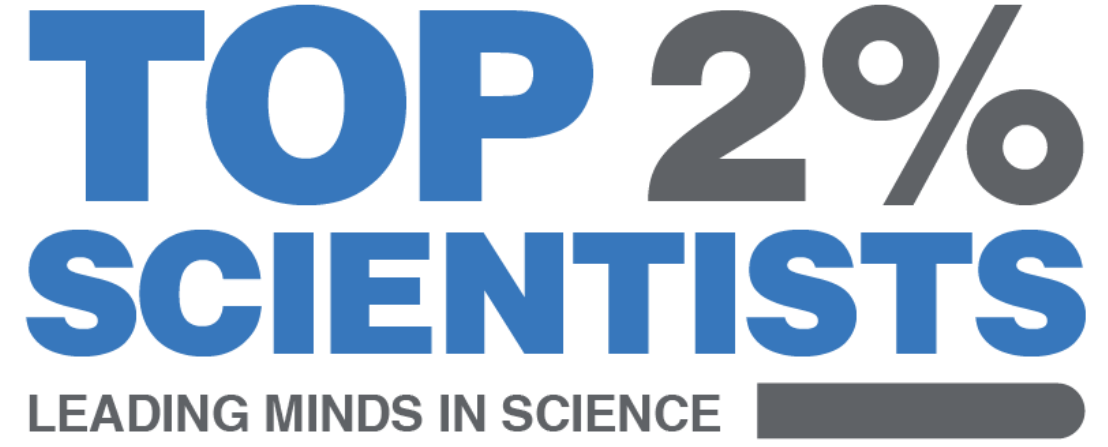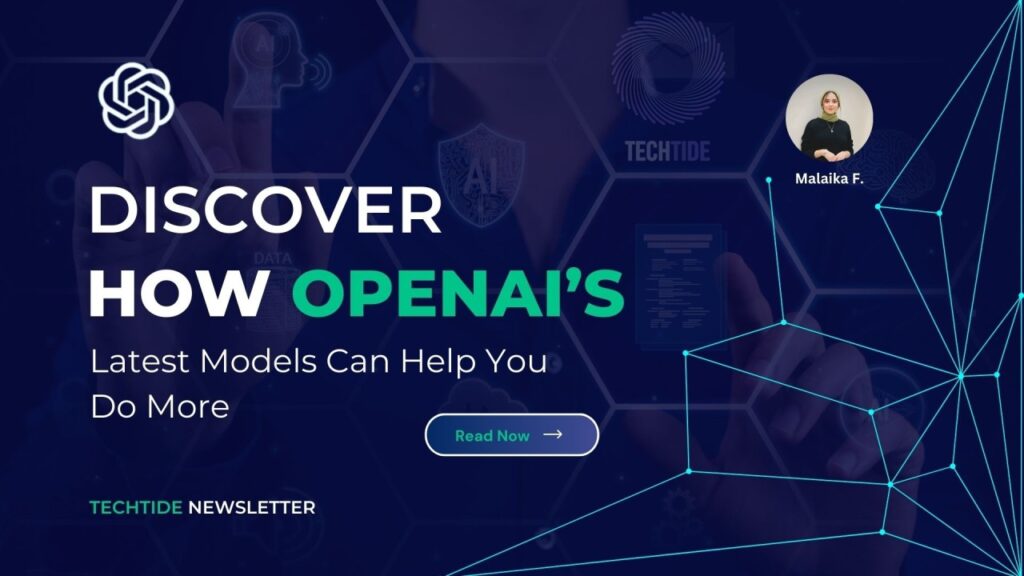Artificial Intelligence is transforming industries at an unprecedented rate, and GPT models from OpenAI are at the forefront of this revolution. OpenAI’s Generative Pre-trained Transformer (GPT) models, particularly GPT-4 and its optimized versions, are pushing the boundaries of what AI can achieve. These models are actively reshaping industries, offering both businesses and individuals powerful tools for complex tasks such as content generation, problem-solving, and customer support.
In this article, I will take you through the latest models from OpenAI, including GPT-4 Turbo, GPT-4 with Canvas, and the o1 models, and explore how you can use them to benefit your personal life or business.
GPT-4 is OpenAI’s latest large language model (LLM) designed to understand and generate human-like text. With enhanced contextual awareness and deeper reasoning abilities than its predecessors, GPT-4 excels at:
- Technical writing and problem-solving, such as generating code or summarizing research
- Language translation and content generation for multilingual organizations
Generative Pre-trained Transformers (GPT) are a family of language models that learn by analyzing large datasets and predicting the next word in a sequence.
Use Case Example: Organizations use GPT-4 to power chatbots that offer personalized customer support and handle complex inquiries with ease.
What Makes GPT-4 Turbo Different?
GPT-4 Turbo offers the same capabilities as GPT-4 but is optimized for faster response times and lower operational costs. It is ideal for applications that require high-volume text generation, such as:
- Creating product descriptions for e-commerce platforms
- Moderating social media content
Please note that GPT-4 Turbo is an optimized version of GPT-4 designed for efficiency in large-scale operations without sacrificing response quality.
Collaborate in Real-Time with GPT-4 Canvas (Beta)
GPT-4 with Canvas allows users to interact with AI in an intuitive, visual environment. Users can brainstorm ideas, write code, or work on projects collaboratively, with the AI offering real-time input.
Ideal For: Teams working on technical documentation, software projects, or creative campaigns. Developers can also use this feature to debug code in real time with AI assistance.
The o1 Models: Optimized for Precision and Speed
The o1 series introduces two new models: o1-preview and o1-mini, each tailored to specific use cases:
- o1-preview: Handles advanced reasoning tasks, ideal for researchers and scientists
- o1-mini: Faster at reasoning, built for quick, everyday tasks like managing to-do lists or generating reports
What’s Coming Next? Memory-Enabled Models for Personalization
OpenAI is developing memory-enabled models that will remember context and interactions across multiple sessions. This breakthrough will enable AI to offer hyper-personalized experiences. Imagine a personal assistant that recalls your preferences, ongoing projects, and past conversations!
Impact Example: This will revolutionize customer service by enabling more meaningful and tailored interactions based on users’ history with the AI.
Definitions
- GPT Models: A series of AI models developed by OpenAI that generate human-like text by predicting sequences
- GPT-4 Turbo: A faster, more cost-efficient version of GPT-4 designed for large-scale use cases
- o1-preview and o1-mini: Specialized AI models focused on advanced reasoning (preview) and faster, lightweight reasoning tasks (mini)
- DALL·E: An AI model from OpenAI that generates images based on text input, now enhanced with inpainting capabilities
- Code Interpreter: A tool within OpenAI’s suite that automates calculations and data visualization for non-technical users
References
- OpenAI Documentation: OpenAI Docs
- GPT-4 Release Notes: OpenAI GPT-4
- DALL·E Model Overview: DALL·E
- Microsoft Azure AI Integration: Azure AI
- Anthropic’s Claude AI: Claude AI
For more articles by me, please explore my newsletter @ TechTide on LinkedIn or here @ Top2PercentScientists



